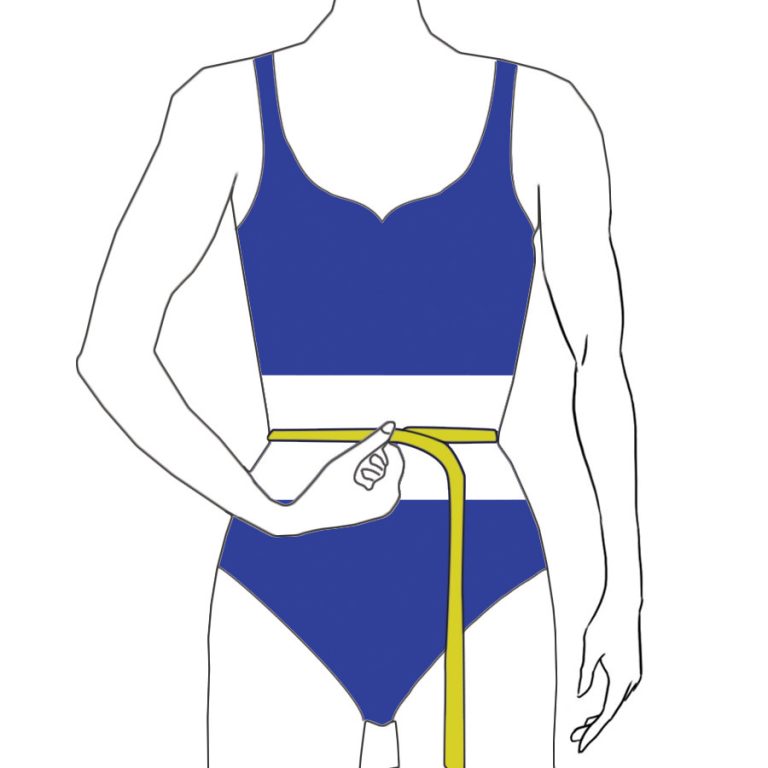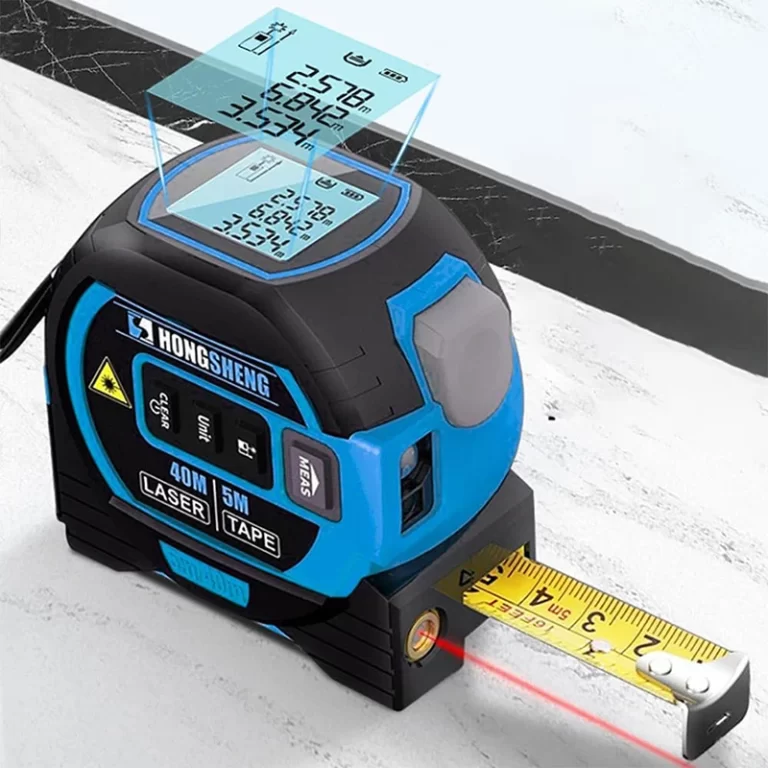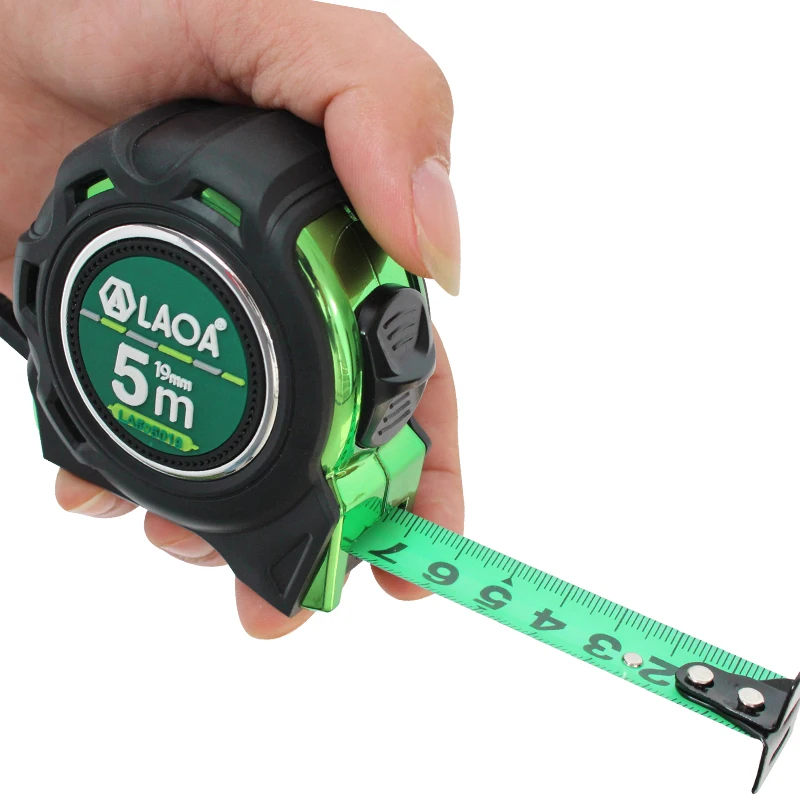
Where Is 19/32 on a Tape Measure? Find It Fast With This Guide
When it comes to precision in measurements, every fraction counts, especially in fields like construction, tailoring, and DIY projects. One specific measurement that often puzzles many is 19/32 on a tape measure. Whether you’re a seasoned professional or a hobbyist, understanding this particular mark can significantly enhance your accuracy and efficiency. In this comprehensive guide, we will delve into the importance of the 19/32 mark, how to read it effectively, and its practical applications in various projects.
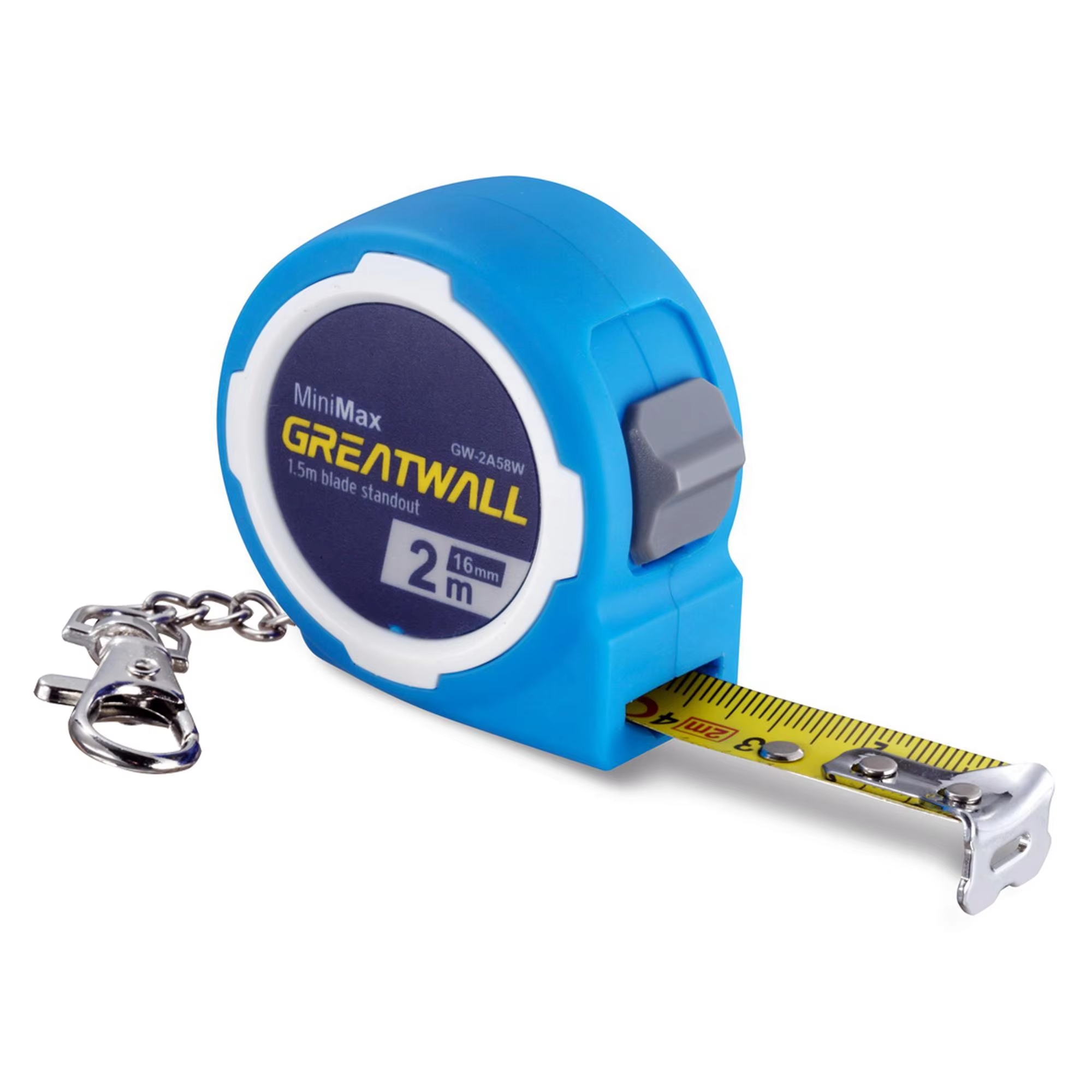 Basics of Tape Measure Fractions
Basics of Tape Measure Fractions
What Do Fractions on a Tape Measure Represent?
Fractions on a tape measure indicate specific parts of an inch. They divide inches into smaller, equal units. This helps users measure objects with greater accuracy. Each fraction represents a precise distance between markings. For example, 19/32 shows a location slightly over half an inch. Understanding these divisions is crucial when working on detailed projects.
Commonly Used Fractional Increments
Tape measures use standard fractional increments to simplify measurements. Common fractions include 1/2, 1/4, 1/8, and 1/16. These are easy to identify and widely used for general tasks. Certain projects may require less common increments, like 19/32 or 3/64. These offer greater precision for specific requirements. Learning to recognize these fractions improves measurement accuracy across tasks.
Exploring 19/32 Measurement
What 19/32 Means in Measurement Terms
19/32 on a tape measure indicates a specific point between 9/16 and 5/8 inches. It represents 19 equal parts of an inch, divided into 32. This fraction is slightly more than half an inch but less than two-thirds of an inch. Measuring to 19/32 ensures greater precision, especially for detailed tasks. Understanding its placement between standard fractional increments is vital for accuracy.
Converting 19/32 to Decimals and Other Units
To convert 19/32 to decimals, divide 19 by 32. The result is approximately 0.59375 inches. This decimal form can simplify measurements for projects that require precise calculations. For metric conversions, multiply the decimal by 25.4, resulting in 15.08125 millimeters. These conversions are often needed in scientific or technical work. Understanding both decimal and metric equivalents helps ensure seamless measurement across systems.
Practical Uses of 19/32 Measurement
Application in Carpentry and Construction
The 19/32 measurement is essential in carpentry and construction projects. It is commonly used for tasks that require a precise fit. For example, it is a standard thickness for some plywood sheets. Using this fractional increment ensures accurate cuts and proper alignment. It helps in building durable furniture, cabinets, and fixtures. In framing or sheathing, 19/32 ensures structural integrity and uniformity. Professionals rely on this measurement for both stability and precision. Recognizing this fraction simplifies your work with various building materials.
Use in Home Improvement Projects
Home improvement often demands precise measurements like 19/32. This fraction plays a role in DIY tasks. It is important when fitting shelves, fences, or custom-made items. Flooring projects may also require you to measure 19/32. This ensures even placement and a professional finish. Additionally, door frames or window installations often involve this fraction. Using 19/32 on a tape measure helps avoid costly errors. Proper use improves the longevity and appearance of your projects. Whether you’re a DIYer or professional, measuring accurately increases your success in home upgrades.
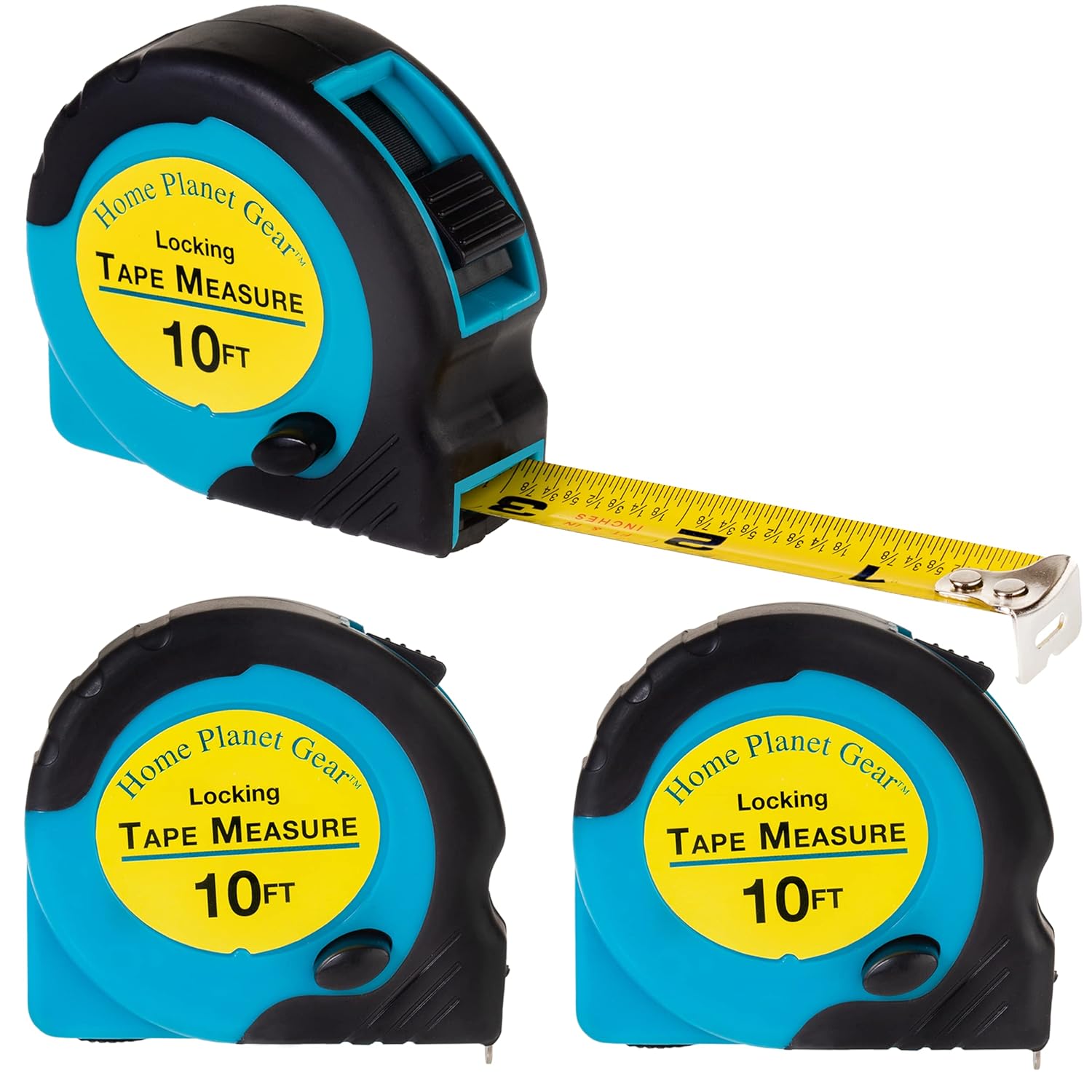 Tips for Reading 19/32 on Tape Measure
Tips for Reading 19/32 on Tape Measure
When working with detailed measurements like 19/32, accurate identification is essential. This ensures precision in projects.
How to Identify 19/32 on the Scale
19/32 is found between 9/16 and 5/8 inches on a tape measure. Locate these main fractions first. Then, count smaller markings between them. On a tape measure divided into 32 parts per inch, 19/32 is the 19th marking. This falls slightly beyond halfway but less than two-thirds of an inch. Familiarize yourself with this placement for quick recognition.
Tools to Assist with Accurate Measurement
Using tools can simplify finding 19/32. A magnifying glass helps spot tiny markings clearly. Digital tape measures provide precise readings without manual effort. Fraction calculators convert measurements, aiding in comparison. Specialized rulers marked with 32 increments simplify fraction identification. Employing these tools reduces errors in marking or cutting materials.
Converting 19/32 into Easier Measurements
Simplifying for Visual Reference
Converting 19/32 into simpler terms helps make it easier to visualize. This fraction is slightly more than 1/2 inch but not quite 5/8 inch. A quick way to see this is by using the decimal equivalent. Divide 19 by 32 to get 0.59375 inches. Round it to 0.59 inches for rough estimates.
For metric systems, multiply 0.59375 by 25.4. This gives approximately 15.08 millimeters. Comparing decimals and millimeters to standard fractions gives a clearer picture. Simplifying measurements using decimals or millimeters enhances visual understanding and application. Household rulers or online converters can assist when working with 19/32.
Comparing 19/32 with Similar Fractions
19/32 lies between standard fractions like 9/16 and 5/8. Recognizing its place can simplify tasks. 9/16 is equal to 18/32, while 5/8 converts to 20/32. This places 19/32 directly between them. Knowing this helps confirm it as slightly larger than 9/16 but smaller than 5/8.
When compared to other nearby fractions, 19/32 ensures greater precision for specific tasks. For visualization, think of it as almost 60% of an inch. Practical comparisons like this help avoid confusion and enhance accuracy. Matching it against these fractions is especially useful in woodworking and construction projects.
Importance of Precision with 19/32
Attention to precision is crucial when working with measurements like 19/32 on a tape measure. This fraction, while less common, plays a vital role in various detailed projects. Errors or miscalculations can lead to improper fits, wasted materials, and delays. Let’s explore how errors can affect your projects and the benefits of using the correct fraction.
How Errors Impact Projects
Mistakes with 19/32 measurements can create several issues in your projects:
- Material Waste: Misreading 19/32 could lead to incorrect cuts, wasting expensive materials.
- Structural Instability: In carpentry or construction, incorrect measurements compromise strength and durability.
- Fitting Issues: Furniture or installations may not align properly if 19/32 is inaccurately measured.
- Aesthetic Problems: Errors can cause visible gaps or uneven finishes, hurting overall appearance.
- Cost Overruns: Fixing mistakes requires additional time, labor, and materials, increasing project expenses.
Accurate measurement ensures that each part fits seamlessly, preserving both functionality and visual appeal.
Benefits of Using the Correct Fraction
Using 19/32 correctly offers several advantages, especially in detailed tasks:
- Improved Precision: Measuring precisely ensures parts fit together perfectly with no adjustments needed.
- Professional Results: Following exact fractions like 19/32 delivers a polished, high-quality finish.
- Enhanced Durability: Properly measured materials contribute to long-lasting, stable structures.
- Time Efficiency: Getting it right the first time prevents delays and speeds up project completion.
- Cost Savings: Exact measurements reduce rework, cutting down on wasted resources and money.
Understanding the importance of fractions like 19/32 promotes accuracy, better outcomes, and project satisfaction. Whether you’re building, designing, or fixing, precision is the key to success.
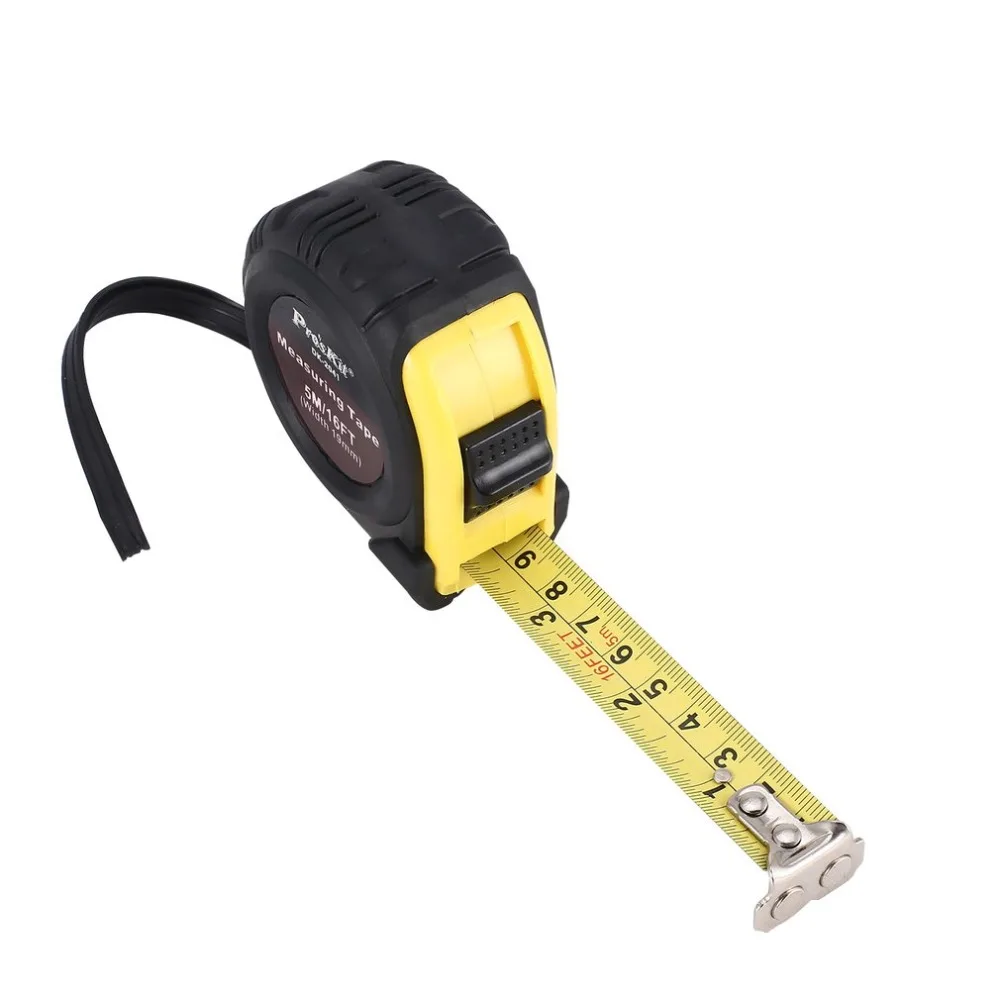 Troubleshooting Measurement Challenges
Troubleshooting Measurement Challenges
Accurate measurement is vital in any project, but challenges often arise when working with fractions like 19/32. Awareness of common errors and their solutions is key to ensuring precise results.
Common Errors When Using Fractions
Mistakes with fractions can decrease accuracy and impact the quality of your work. Here are some frequent errors:
- Misreading the Scale: Fractions like 19/32 can be hard to locate on a tape measure.
- Incorrect Conversions: Errors often occur when converting 19/32 to decimals or metric units.
- Overlooking Fractional Details: Small markings may be skipped, leading to incorrect cuts or measurements.
- Relying on Memory: Estimating instead of measuring can cause inaccurate results, particularly with smaller fractions.
- Using Worn Tools: Faded markings on old tape measures can lead to miscalculations.
Solutions to Improve Accuracy
To overcome challenges with fractions like 19/32, follow these practical tips:
- Use a Clear Tape Measure: Choose a tape measure with distinct and easy-to-read markings.
- Double-Check Conversions: Use a calculator for fractions and unit conversions to ensure precision.
- Magnify the Scale: Use a magnifying glass for better visibility of smaller fractional increments.
- Mark Clearly: Use a sharp pencil or marker to indicate exact points for cutting or alignment.
- Practice Frequently: Familiarize yourself with the placement of fractions on your tape measure.
- Upgrade Tools: Consider a digital tape measure for quick, error-free readings of fractions.
By identifying common errors and implementing these solutions, you can boost accuracy and achieve better project outcomes. Attention to detail when working with fractions like 19/32 ensures a smoother process and higher-quality results.
Tips for Accurately Using 19/32 on Tape Measure
To make the most of the 19/32 on a tape measure, consider the following tips that enhance accuracy and efficiency:
Double-Check Your Measurements
Always double-check your measurements to ensure accuracy. Mistakes can lead to wasted materials and time. By verifying your measurement twice, you minimize the risk of errors.
Use a Sharp Pencil or Marker
When marking exact measurements, use a sharp pencil or fine-tip marker. This ensures a clear and precise marking at the 19/32 point, making it easier to follow through with your project.
Practice Counting 32nds
Familiarize yourself with counting 32nds on a tape measure. Regular practice helps you quickly locate the 19/32 mark without hesitation, speeding up your workflow.
Maintain Your Tape Measure
Ensure your tape measure is in good condition. A well-maintained tape with clear, non-fading markings is essential for accurate measurements. Replace any worn or damaged tape measures to maintain precision.
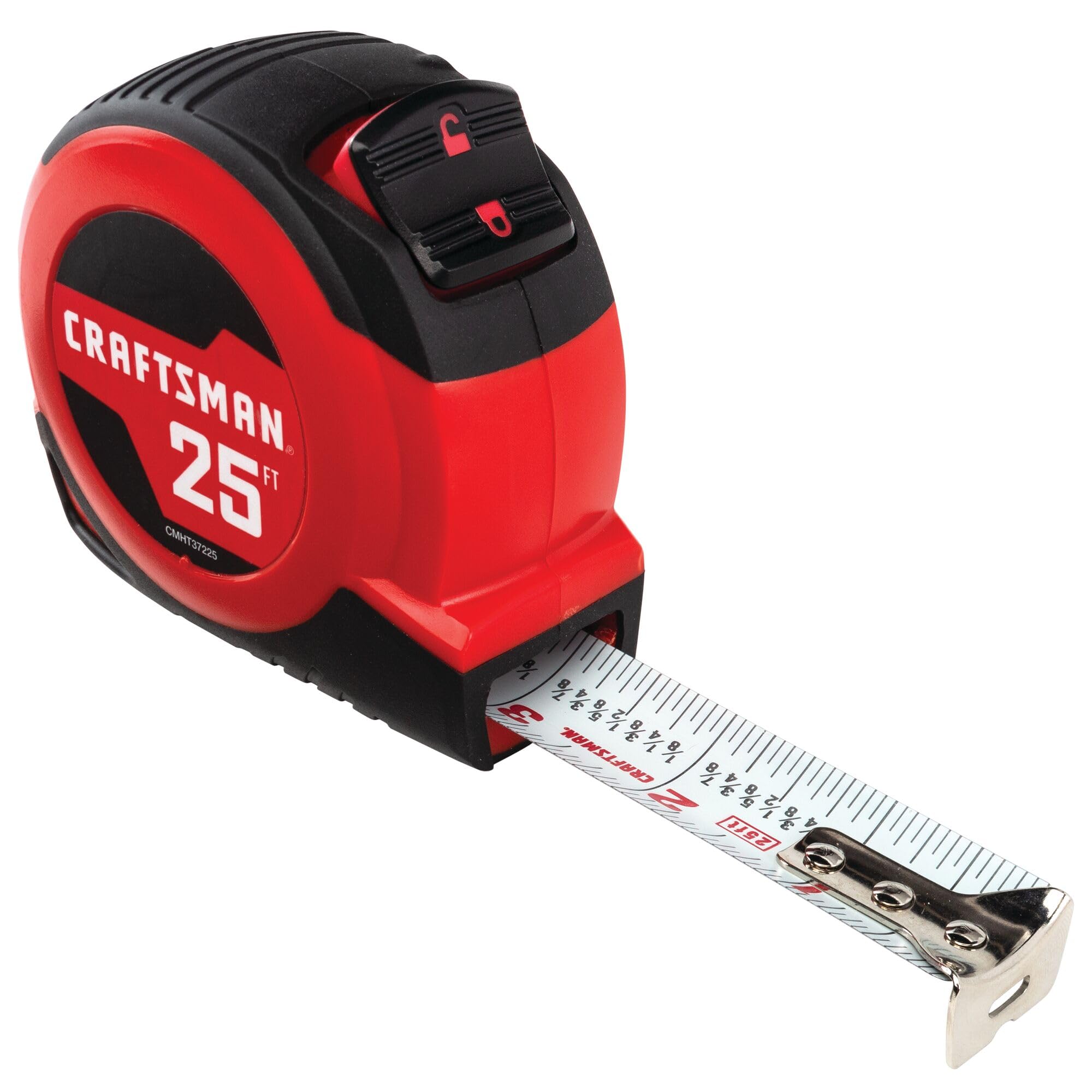 Common Mistakes to Avoid When Using 19/32 on Tape Measure
Common Mistakes to Avoid When Using 19/32 on Tape Measure
While the 19/32 mark is a valuable tool, certain mistakes can compromise its effectiveness. Avoid these common pitfalls to ensure accurate measurements:
Miscounting the Marks
One of the most frequent errors is miscounting the 1/32 marks. Ensure you count each mark carefully, especially when approaching higher fractions like 19/32.
Ignoring the Zero Point
Always start counting from the correct zero point on the tape measure. Misalignment can lead to inaccurate measurements, so ensure the tape starts exactly where you intend it to.
Relying Solely on Visual Cues
While visual estimation can be quick, it’s less accurate than counting each 1/32 mark. Whenever precision is required, rely on counting rather than guessing.
Neglecting to Straighten the Tape
Ensure the tape is straight and taut when measuring. A bent or slack tape can distort measurements, leading to inaccuracies, especially when dealing with precise fractions like 19/32.
Frequently Asked Questions (FAQ)
What is the significance of 19/32 on a tape measure?
The 19/32 on a tape measure represents a precise measurement used to enhance accuracy in various projects. It sits between 9/16 and 5/8 inches, providing an intermediary level of precision that is particularly useful in tasks requiring exact dimensions.
How do you read 19/32 on a tape measure?
To read 19/32 on a tape measure, identify the inch mark and count 19 small lines (each representing 1/32 of an inch) from the preceding inch. This will accurately locate the 19/32 measurement on the tape.
Why is 19/32 used instead of other fractions?
19/32 is used for its precise placement between common fractions like 9/16 and 5/8 inches. This precise measurement is essential for tasks that require more accuracy than standard fractions provide, ensuring a better fit and finish in projects.
Can 19/32 be easily converted to decimal?
Yes, 19/32 inches can be converted to decimal. To do so, divide 19 by 32, which equals approximately 0.59375 inches. This can be useful when working with measurements in decimal form.
Is 19/32 a standard measurement on all tape measures?
Most standard tape measures include 32nd-inch markings, so 19/32 is typically available. However, it’s always good to confirm by checking the specific tape measure you are using, as some may vary.
How accurate is the 19/32 measurement compared to other fractions?
The 19/32 measurement offers higher precision than commonly used fractions like 1/2 or 3/4 inches. It provides a finer level of detail, which is crucial for projects requiring exact measurements and minimal gaps.
When should I use 19/32 instead of other measurements?
Use 19/32 when your project demands precise measurements that fall between 9/16 and 5/8 inches. This is particularly important in fine woodworking, detailed sewing, or any task where exact dimensions are critical for the success of the project.
How can I practice using the 19/32 mark for better accuracy?
Regularly practice measuring with the 19/32 mark in small projects. Start by marking the 19/32 point on various materials and using it to guide your cuts or fittings. Over time, your ability to quickly and accurately find 19/32 on a tape measure will improve.
 Conclusion: Mastering 19/32 on Tape Measure for Precision and Success
Conclusion: Mastering 19/32 on Tape Measure for Precision and Success
Incorporating 19/32 on a tape measure into your measurement toolkit is a game-changer for achieving unparalleled precision in your projects. Whether you’re a carpenter, tailor, or DIY enthusiast, understanding and utilizing this specific fraction can enhance the accuracy and quality of your work. By mastering how to read and apply 19/32, you ensure that your measurements are exact, minimizing the risk of errors and maximizing the success of your endeavors.
Furthermore, avoiding common mistakes and practicing regularly will solidify your proficiency with the 19/32 mark, making it a reliable part of your measurement practices. Embrace the precision that 19/32 offers and watch as your projects benefit from the enhanced accuracy and professionalism it brings. With the right approach, the 19/32 mark on a tape measure becomes not just a number, but a symbol of meticulous craftsmanship and unwavering quality in all your measurement tasks.
